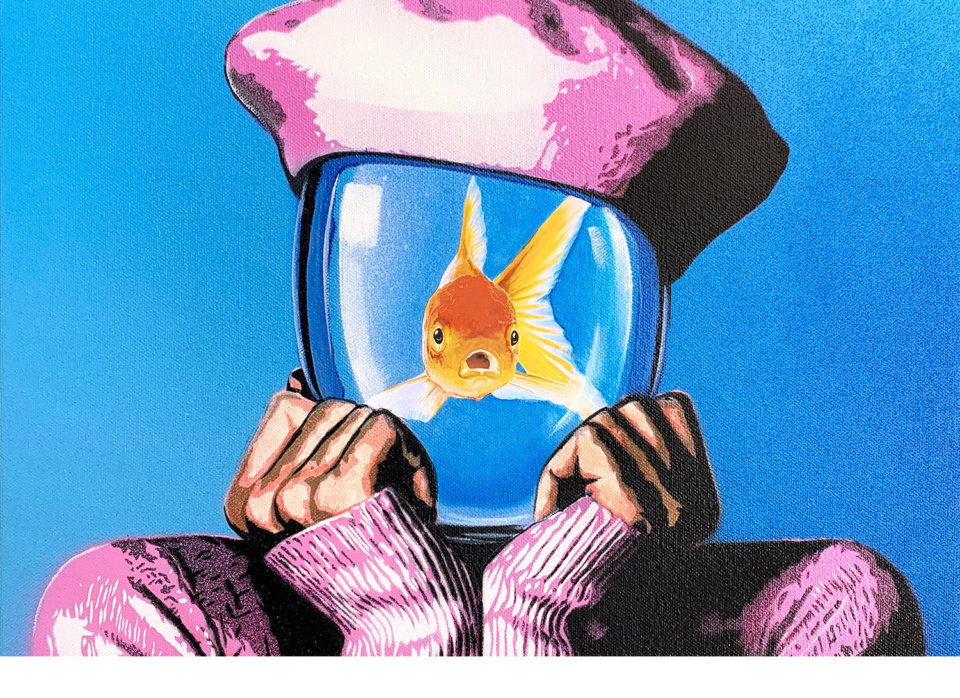
Colour is a critical element in painting that can significantly impact the message and emotions conveyed in a work of art. Understanding the meaning and impact of different colours is essential for both artists and businesses looking to create impactful and memorable visual content.
How Do Different Colour Tones Impact Your Painting?
Primary Colors: The Building Blocks of Colour Theory
The primary colours, red, blue, and yellow, are the foundation of all other colours. These colours cannot be created by mixing with other colours and play a crucial role in creating a painting's palette. Red is associated with passion and energy, blue with tranquillity and calmness, and yellow with optimism and happiness.
It is essential for artists to understand the emotional impact of primary colours when creating works that are capable of evoking specific emotions in the viewers. Moreover, learning how to mix them effectively to create various shades and hues is paramount to gaining mastery over basic colour theory.
Secondary Colours: Mixing for a New Palette
Secondary colours are created by mixing primary colours. In paintings, green, purple, and orange are often used to create specific moods and convey particular messages. For instance, green is associated with nature, growth, and renewal, while purple is associated with luxury, royalty, and power, and orange may be related to energy, enthusiasm, and warmth.
Understanding the meaning and impact of secondary colours is critical for artists looking to create a specific mood or message in their work. Being able to produce your own unique palette allows many artists to easily play with colours and flawlessly bring their visions to life.
The Psychology of Colours and Their Effect on Emotions
With the help of colour psychology, you can delve into how different colours might impact human emotions and behaviour. It is crucial for artists and businesses to understand the psychology of colour, since it can significantly affect how people perceive a work of art or a brand. For example, red is often used in advertising to create a sense of urgency or excitement, while blue is used to convey trust and reliability. Yellow is often used in marketing materials to develop a sense of optimism and positivity. By utilising the psychology behind colour, it can assist many businesses in creating memorable and effective marketing materials that last for a good while.
How to Create Contrast and Make Elements Pop in Paintings
Contrast is essential in painting and visual design, as it can help elements stand out and create a focal point. Colours such as black and white can be used to create contrast in a painting, highlighting specific elements or producing a specific mood. Black is often associated with mystery and power, while white may be associated with purity and clarity. Using contrasting colours is an effective way for artists and businesses to generate visually compelling works that are enduring and thought-provoking.
Find Your Next Artwork with Art to Art
Art to Art provides a space for individuals to browse through a wide selection of artwork online and you can even choose to attend our exhibitions to peruse paintings in person. Connect with our team members for further information at 0413 945 249 or lodge an enquiry and we will get back to you as soon as possible.